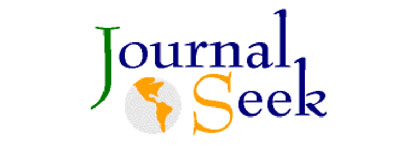Ethnobotanical Study of Toxic Plants in Ngadiwono Village, Tosari District, Pasuruan Regency, East Java
DOI:
https://doi.org/10.21776/ub.jpal.2017.008.02.04Abstract
The society in Ngadiwono village is part of Tengger tribe that depends on their surrounding environment on fulfilling the life necessities. However, the society knowledge obout toxic plant has never been revealed. Therefore, the main objective of this study is to documenting the toxic plants in Ngadiwono village according to society knowledge and scientific study on its toxic content. This study was conducted in Ngadiwono Village, Tosari District, Pasuruan Regency. The informants were chosen by using snowball method (n=14). Interview was conducted using semi-structural method. The collected data was analysed to obtain ICS value (Index Cultural Significance) and UVs (Use Value). The identification of toxic compound was based on previous study. The study result identified 8 plants that considered to be toxic by local society: bedor (Girardinia palmata Blume.), yellow kecubung (Brugmansia suaveolens Bercht. & J.Presl), white kecubung (Brugmansia suaveolens Bercht. & J.Presl), jarak (Ricinus communis L.), yellow terpasan (Cestrum elegans (Brongn.) Schltdl), red terpasan (Cestrum elegans (Brongn.) Schltdl), kudisan (Euphorbia pulcherrima Willd.), and ciplukan (Physalis peruviana L.). The highest ICS value was found in jarak (Ricinus communis). Meanwhile, the lowest ICS value was found in yellow and red terpasan (Cestrum elegans) due to its minimum use by local society. The highest UVs was found in kudisan.
Keywords: Ethnobotany, Ngadiwono, Plant, Tengger, Toxic
Downloads
Published
Issue
Section
License
Authors who publish with this journal agree to the following terms:
- Authors retain copyright and grant the journal right of first publication with the work simultaneously licensed under a Creative Commons Attribution License that allows others to share the work with an acknowledgement of the work's authorship and initial publication in this journal.
- Authors are able to enter into separate, additional contractual arrangements for the non-exclusive distribution of the journal's published version of the work (e.g., post it to an institutional repository or publish it in a book), with an acknowledgement of its initial publication in this journal.
- Authors are permitted and encouraged to post their work online (e.g., in institutional repositories or on their website) prior to and during the submission process, as it can lead to productive exchanges, as well as earlier and greater citation of published work (See The Effect of Open Access).














